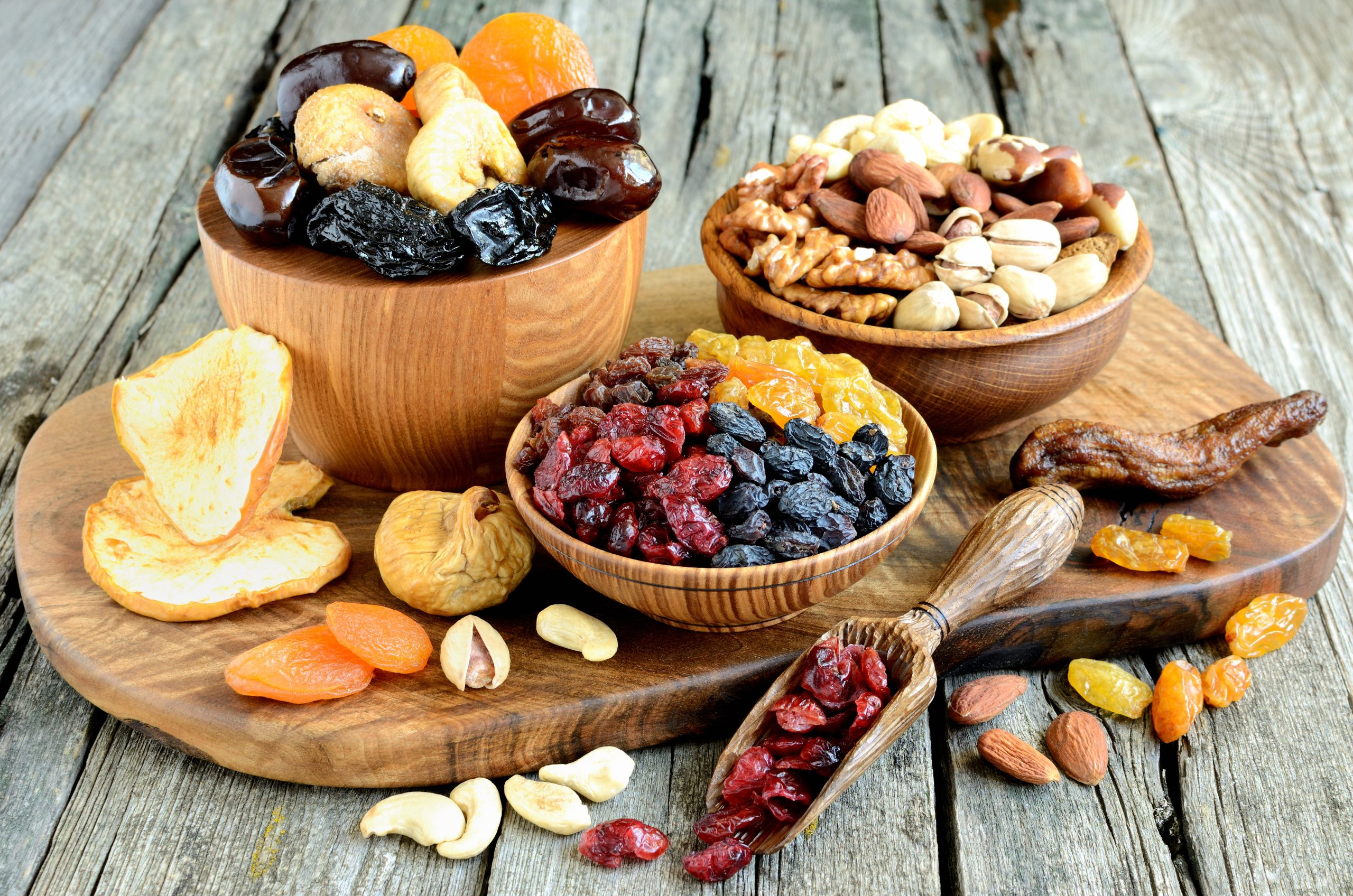Against the backdrop of increasing global food waste, near-expiry food has become a popular choice for consumers in Europe, America, Asia, and other regions due to its cost-effectiveness. However, as food approaches its expiration date, does the risk of microbial contamination remain under control? How do food safety standards in different countries define the safety of near-expiry food? This article analyzes the current microbial safety status of near-expiry food based on international testing data and provides scientific purchasing recommendations for global consumers.
1. Global Market Status and Regulatory Differences of Near-Expiry Food
Near-expiry food typically refers to products with one-third to half of their shelf life remaining, often found in supermarket discount sections or specialty discount stores. Regulatory policies for near-expiry food vary significantly across countries:
European Union (EU): Mandatory labeling of "use by" (safety deadline) and "best before" (quality deadline). Sales of food nearing the "use by" date are prohibited.
United States: Except for infant formula, federal regulations do not require expiration dates, but retailers must ensure food safety.
Japan: The "Food Waste Reduction Promotion Act" encourages discounted sales of near-expiry food, but regular testing is required.
China: Following the implementation of the "Anti-Food Waste Law" in 2021, large supermarkets have established dedicated sections for near-expiry food, but microbial testing standards remain the same as for fresh products.

2. Internationally Recognized Microbial Safety Testing Standards
According to guidelines from the Codex Alimentarius Commission (Codex), U.S. FDA, and EU EFSA, near-expiry food must be monitored for the following key indicators:
Total Aerobic Count (TAC): Reflects the degree of food spoilage; exceeding limits may cause diarrhea.
Coliform Bacteria: Indicates hygiene conditions and is associated with risks of pathogens like Salmonella.
Mold and Yeast: Common in humid environments and may produce toxins (e.g., aflatoxins).
Pathogens: Include Listeria (which can grow at low temperatures) and Staphylococcus aureus.
3. Cross-Border Testing Data: The Safety Threshold of Near-Expiry Food
In 2025, the International Consumer Research & Testing (ICRT) collaborated with laboratories in multiple countries to test six categories of near-expiry food, with the following results:
|
Food Category |
Test Parameter |
International Safety Limit |
Exceedance Rate in Near-Expiry Food |
|
Pasteurized Milk (Germany) |
Total Aerobic Count |
≤10⁵ CFU/mL |
12% |
|
Pre-Packaged Salad (U.S.) |
Coliform Bacteria |
≤100 CFU/g |
18% |
|
Ready-to-Eat Chicken (UK) |
Listeria |
Not Detected |
5% |
|
Nut Snacks (China) |
Mold |
≤50 CFU/g |
8% |
Key Findings:
High-Risk Categories: Ready-to-eat meats, dairy products, and prepared meals showed higher microbial exceedance rates.
Impact of Storage Temperature: Foods not kept refrigerated had a threefold higher risk of exceeding limits.
Packaging Differences: Vacuum-packed foods were significantly safer than conventionally packaged ones.
4. Key Factors Affecting the Safety of Near-Expiry Food
Supply Chain Management: Temperature fluctuations during transportation (e.g., broken cold chains) accelerate microbial growth.
Food Composition: High-protein (meat) and high-moisture (yogurt) foods are more prone to bacterial contamination.
Regional Climate: High-temperature and high-humidity regions (e.g., Southeast Asia) face higher risks of mold in near-expiry food.
5. Global Consumer Guidelines for Safe Purchasing
Check Labels and Storage Conditions:
Prioritize dry foods labeled "best before" (e.g., crackers, canned goods).
Avoid near-expiry dairy and meat products not stored under refrigeration.
Sensory Inspection:
Discard any food with bloated packaging, leaks, mold, or rancid odors immediately.
Regional Risk Awareness:
Europe & America: Watch for Listeria (common in ready-to-eat foods).
Asia: Be cautious of mycotoxins (e.g., aflatoxins in rice and nuts).
6. Recommendations for International Regulation and Industry
Standardize Testing Criteria: Advocate for Codex to establish specific microbial limits for near-expiry food.
Technological Innovation: Promote smart packaging (e.g., time-temperature indicators).
Corporate Responsibility: Retailers should implement dynamic testing systems for near-expiry food.
Conclusion: Balancing Safety and Sustainability
The promotion of near-expiry food helps reduce global food waste, but microbial safety remains a critical challenge. Consumers should make informed choices based on local regulations and scientific data, while the international community must collaborate to improve standards, ensuring that "savings" and "safety" can truly coexist.
Final Reminder: When it comes to food safety, "low price" should never justify compromise—especially for high-risk categories like infant food and ready-to-eat meals, where caution must always come first.
Post time: May-20-2025

